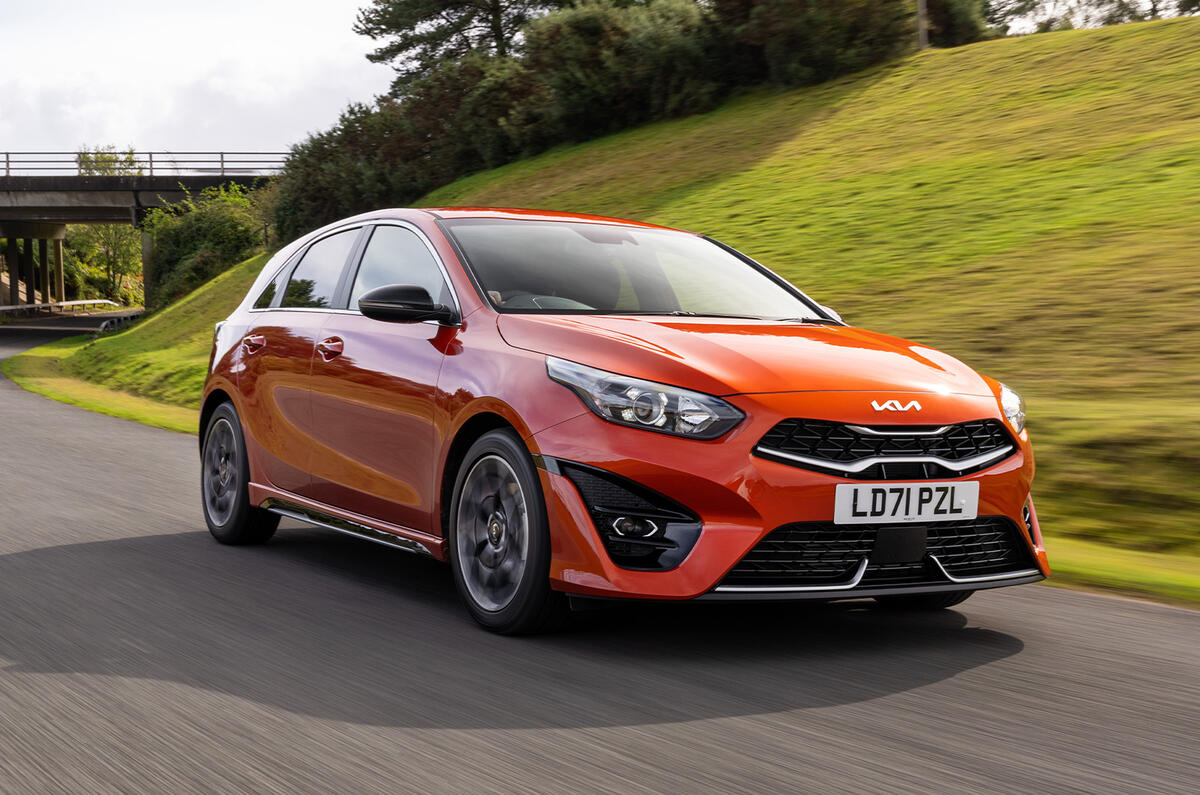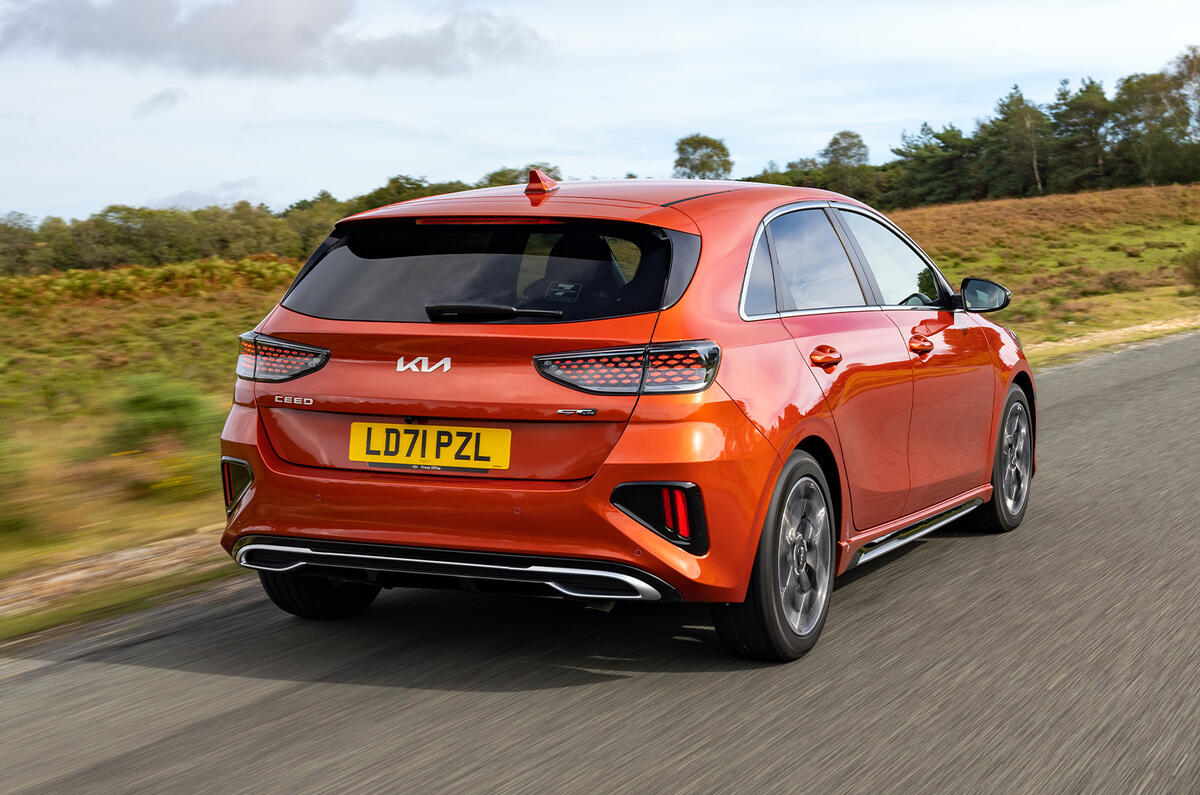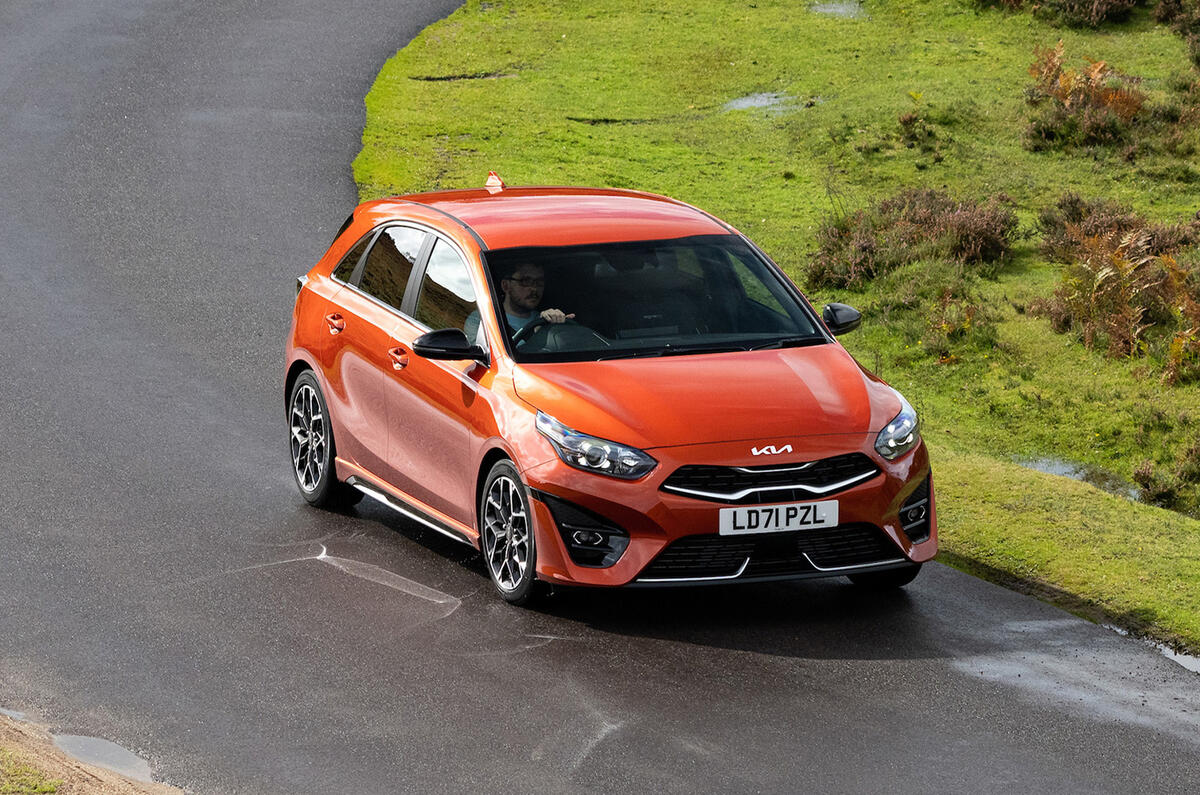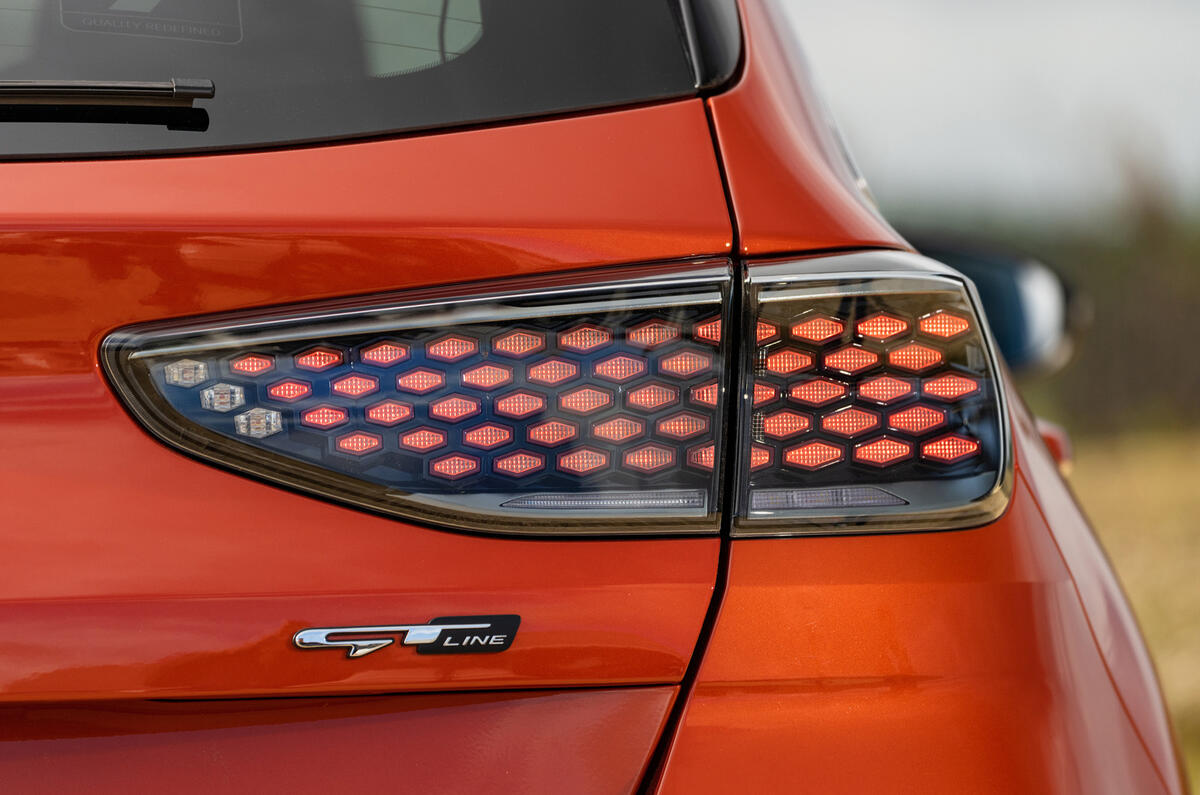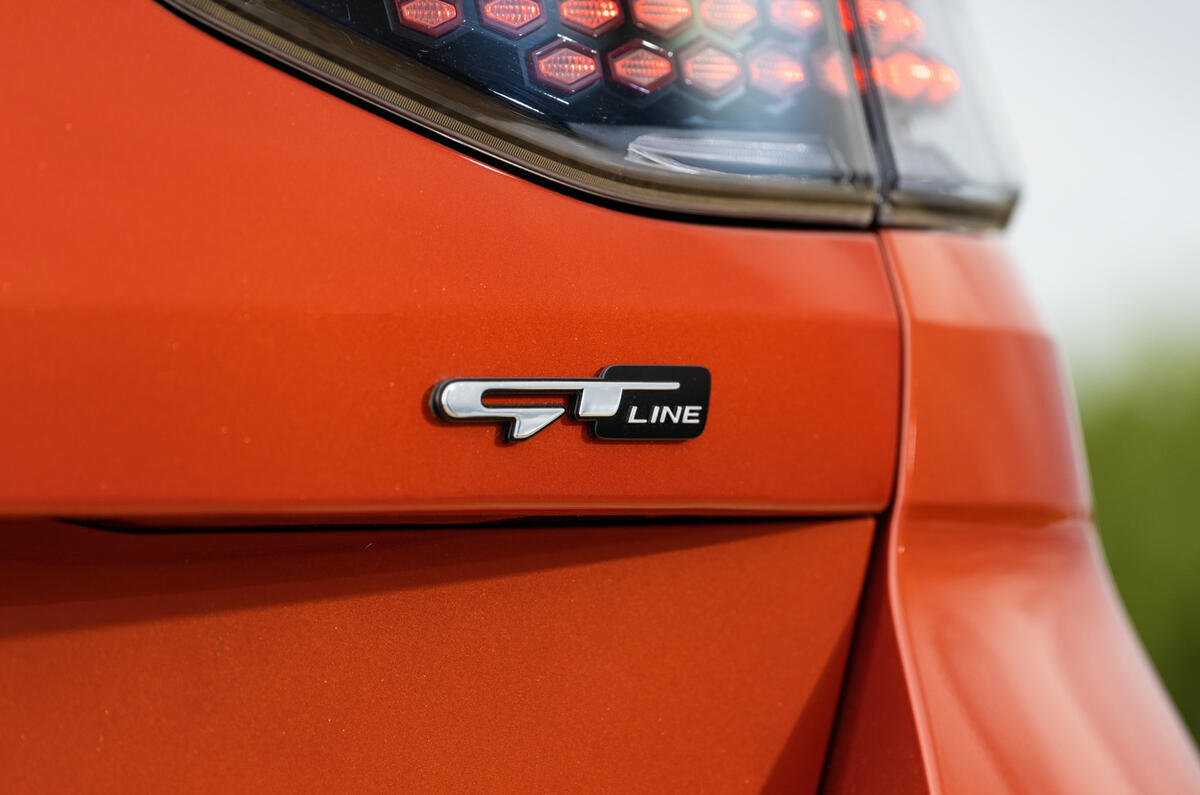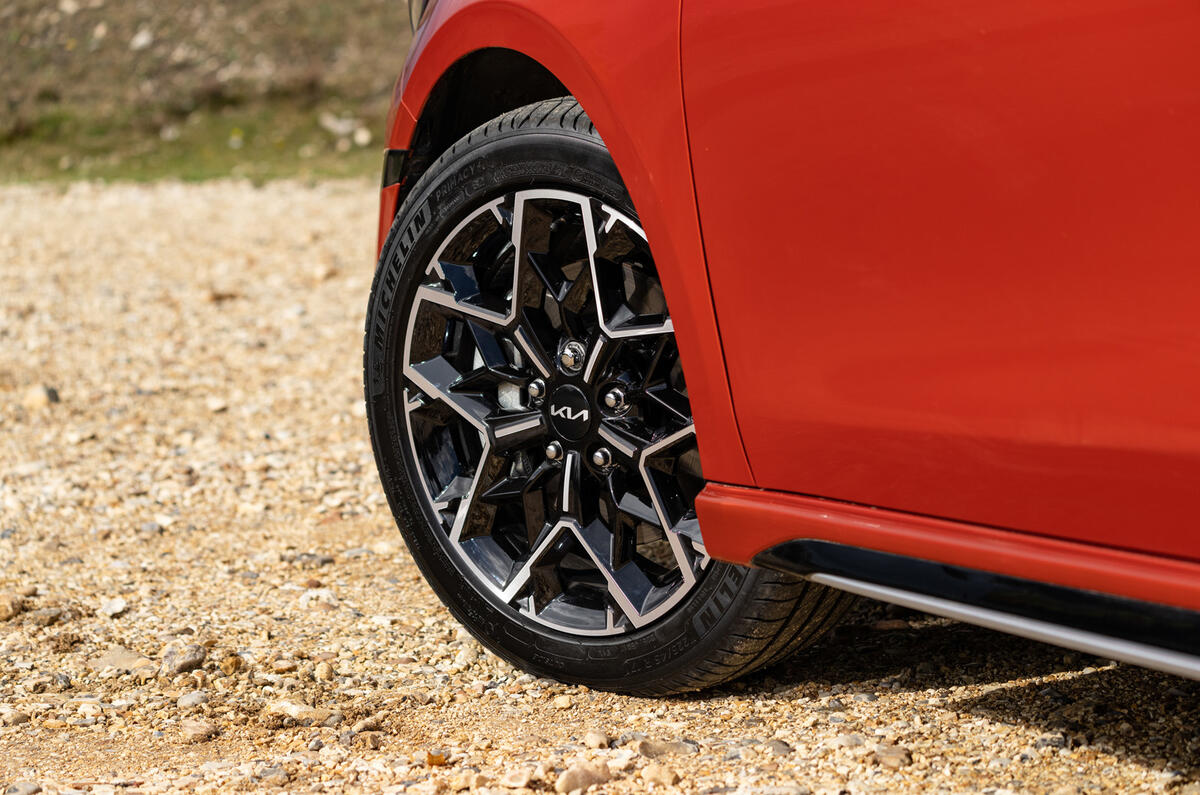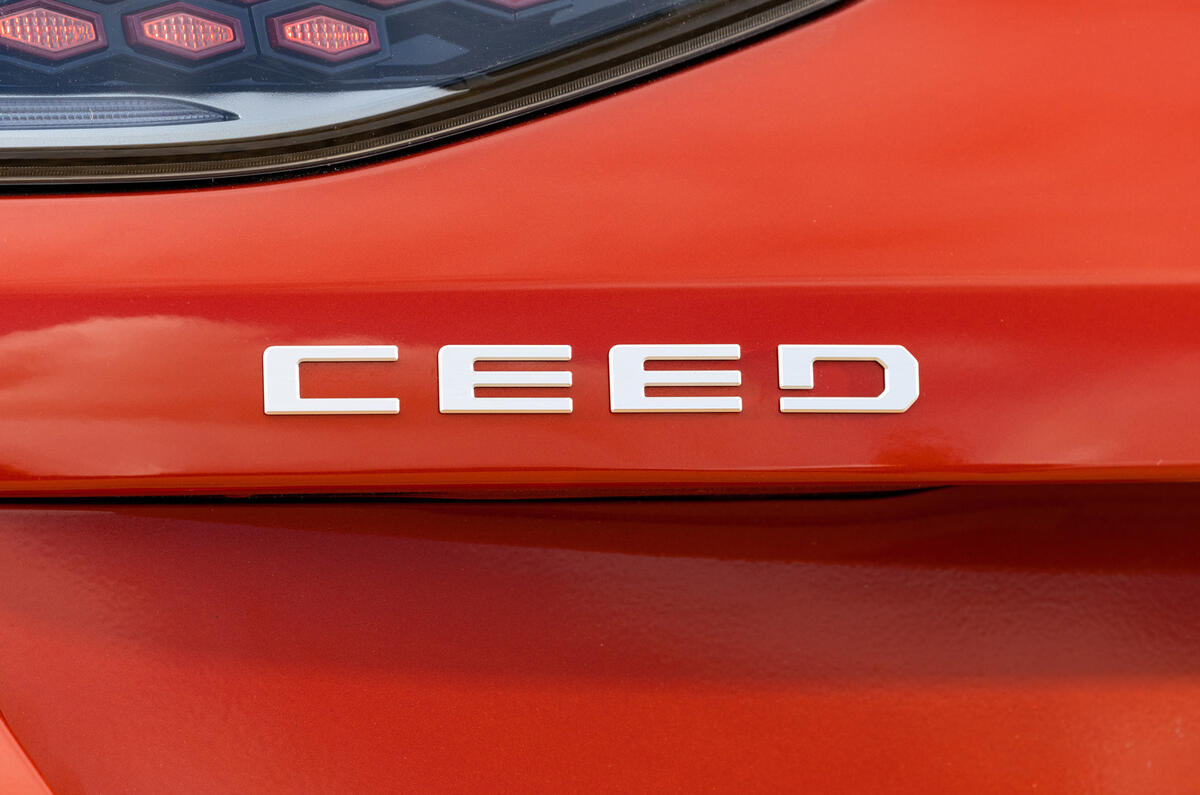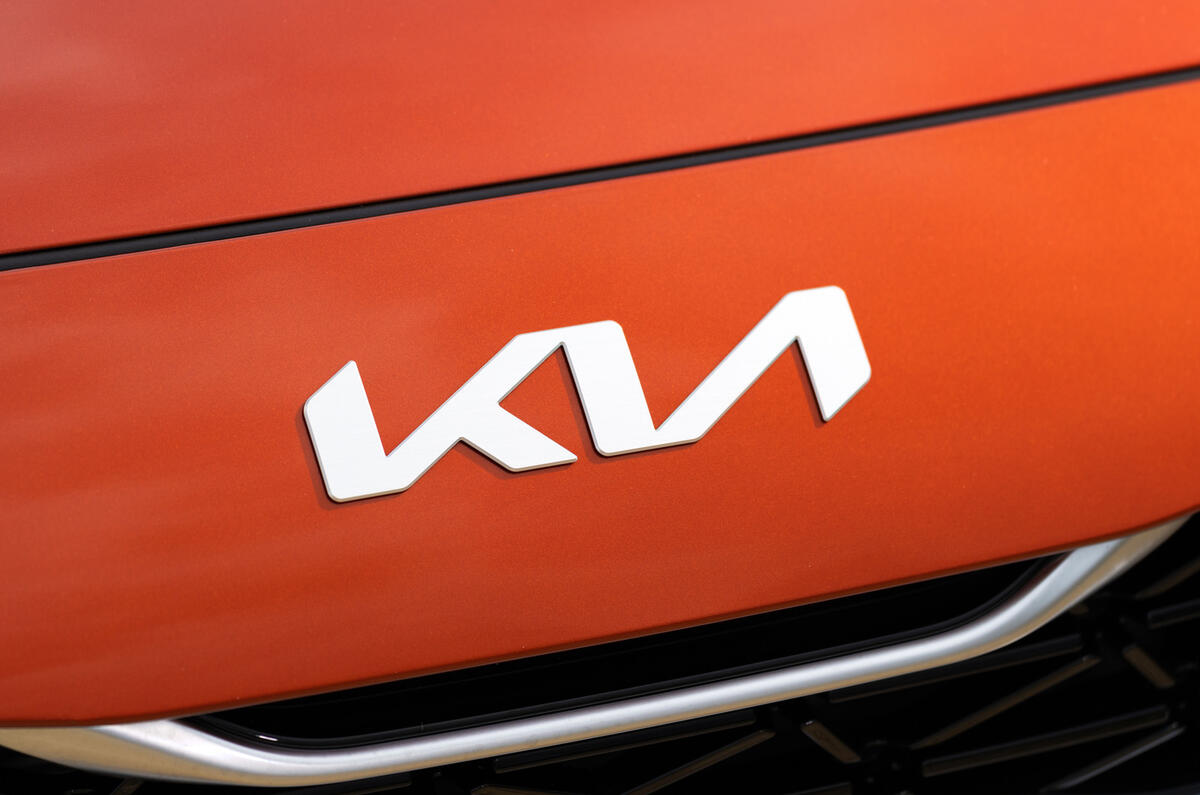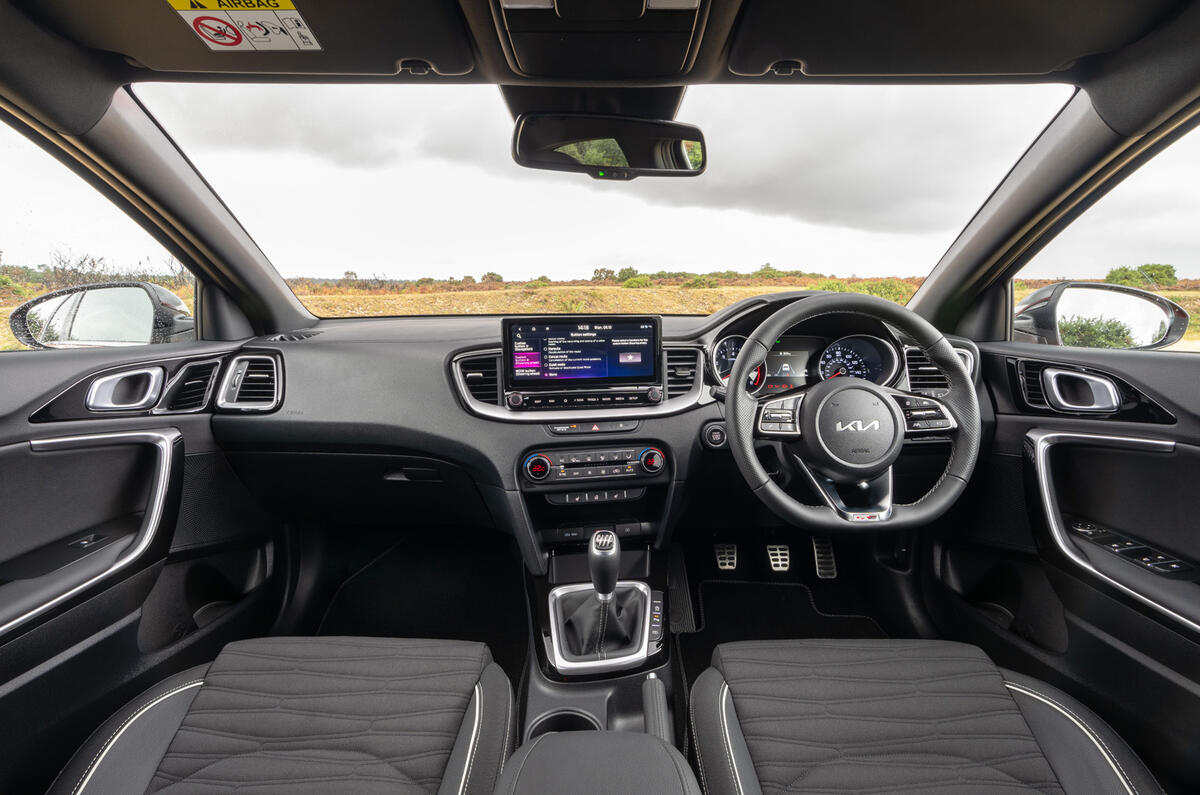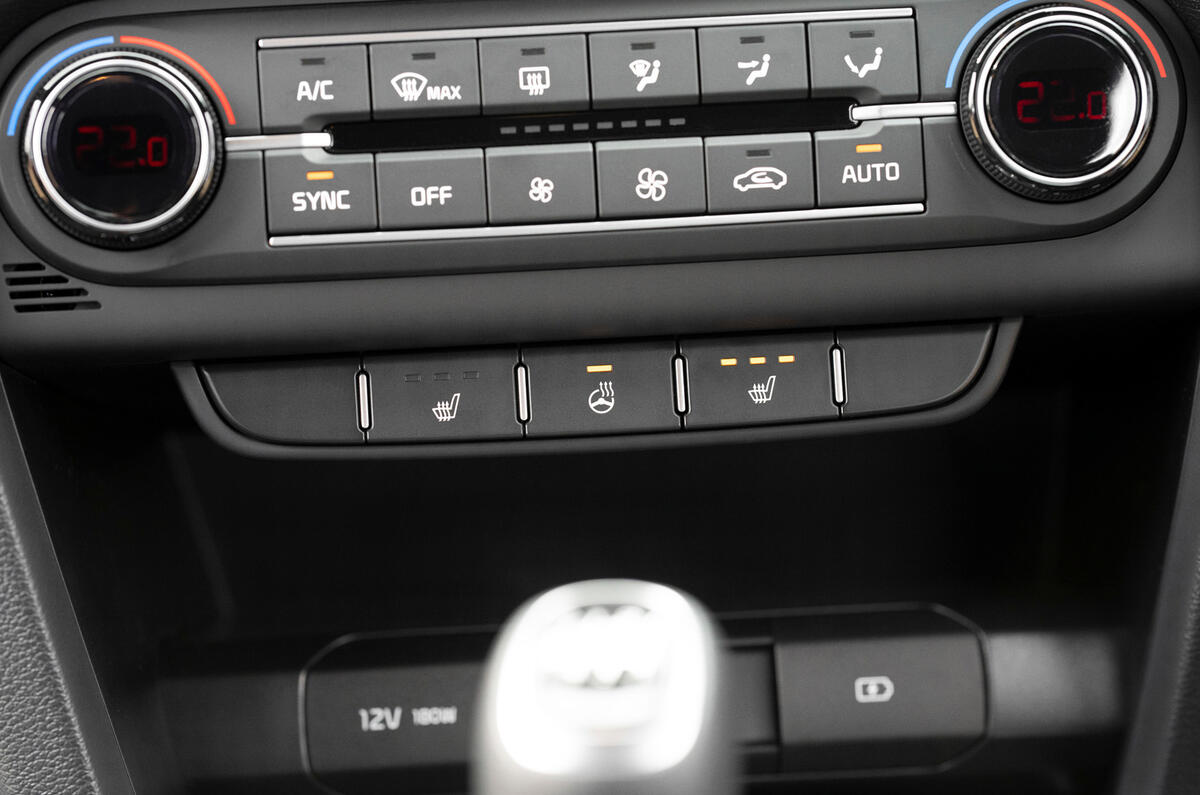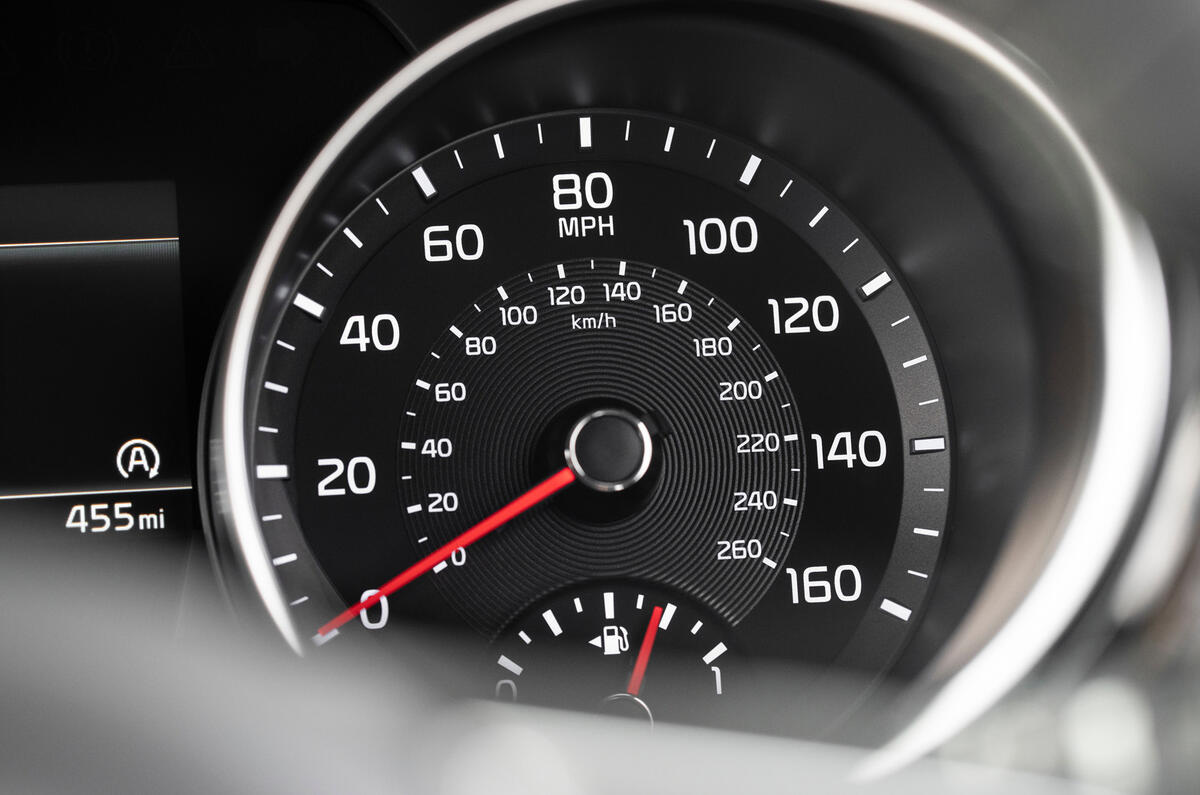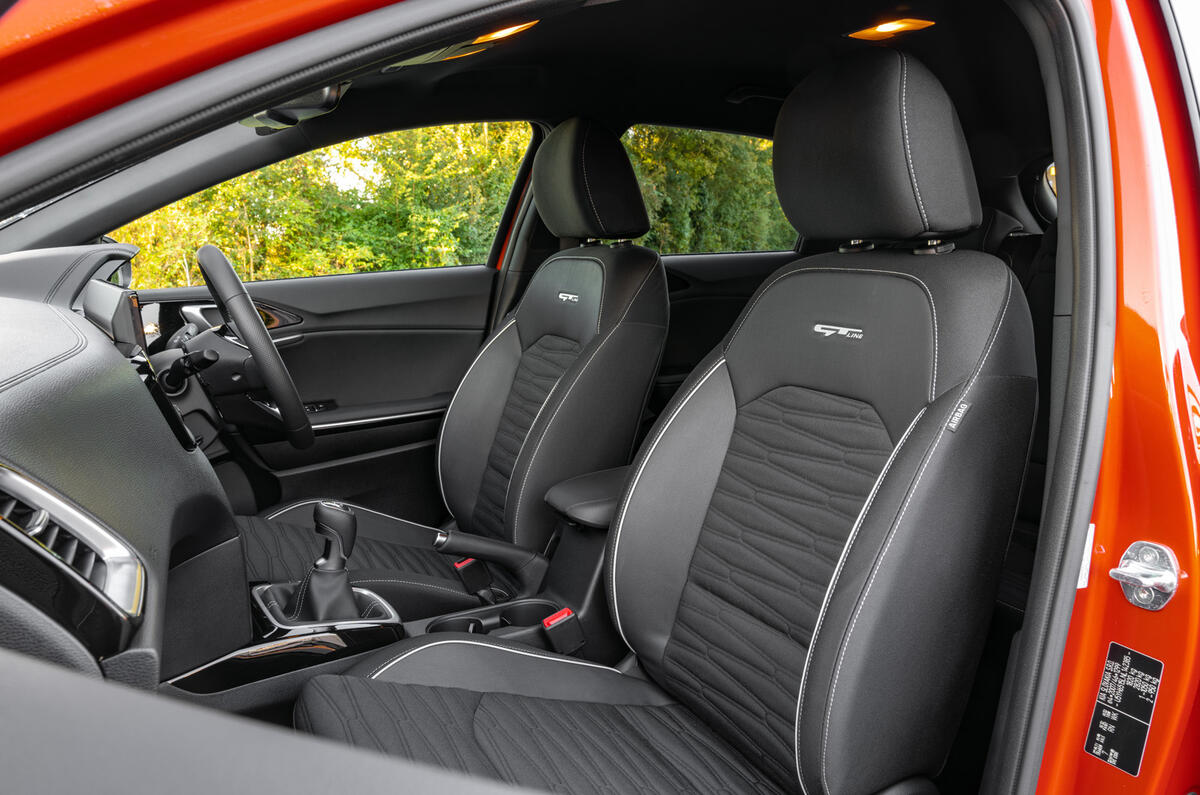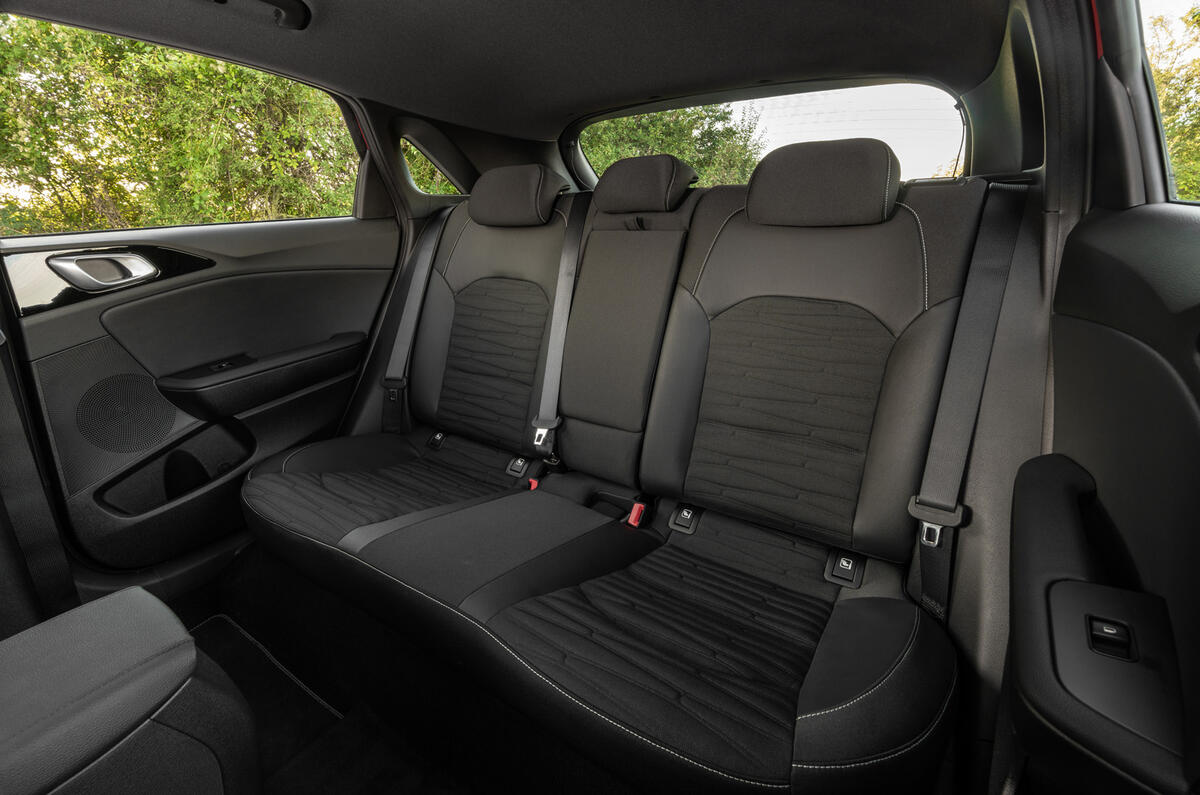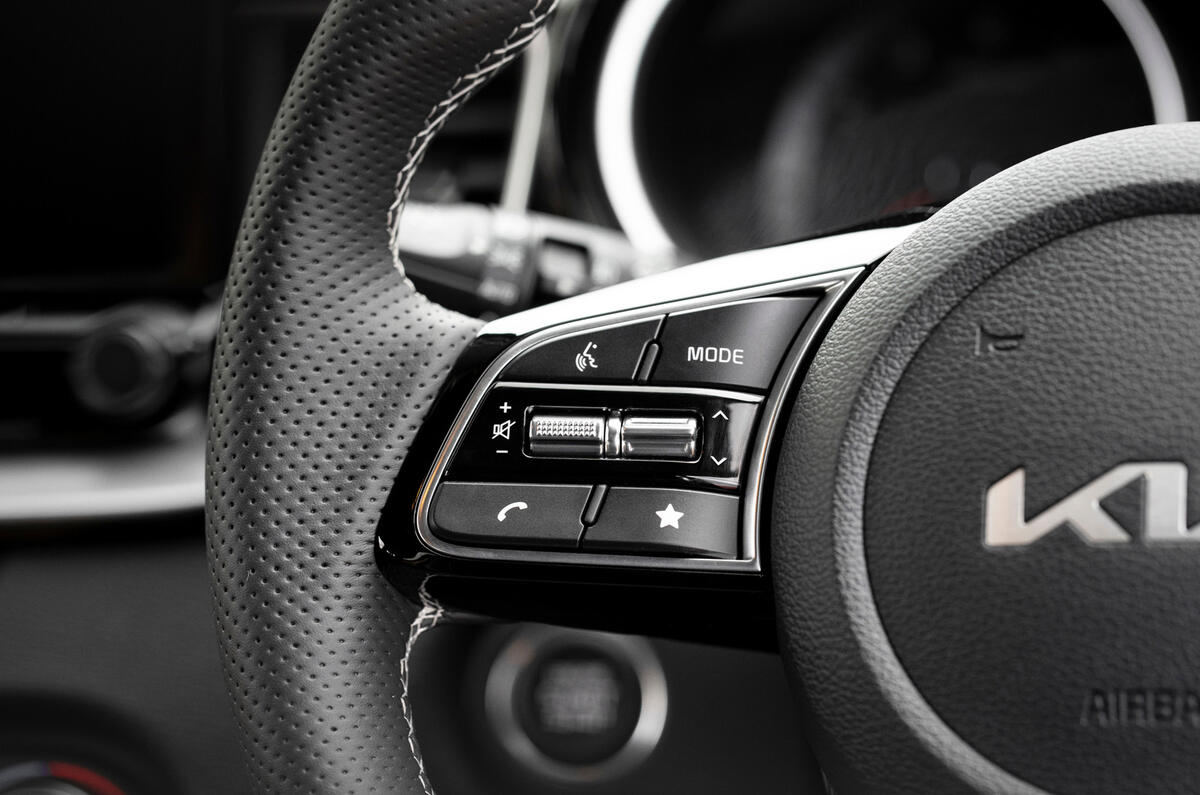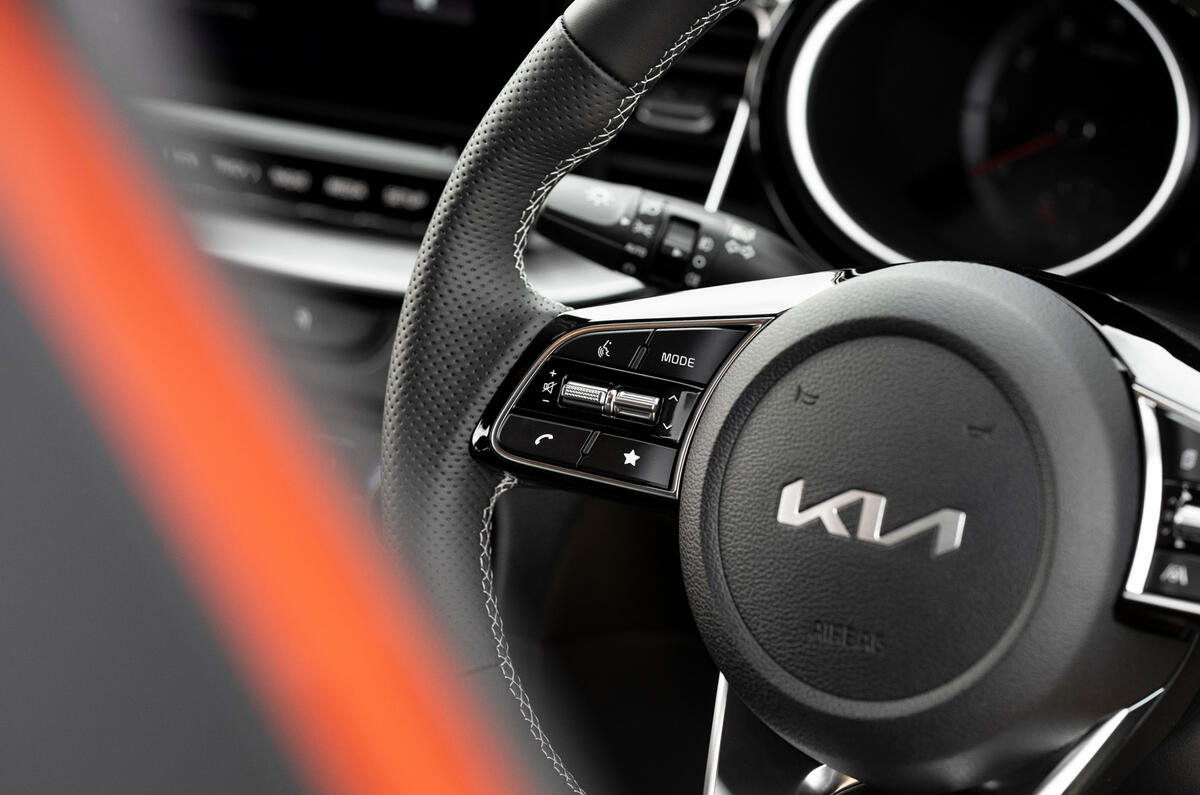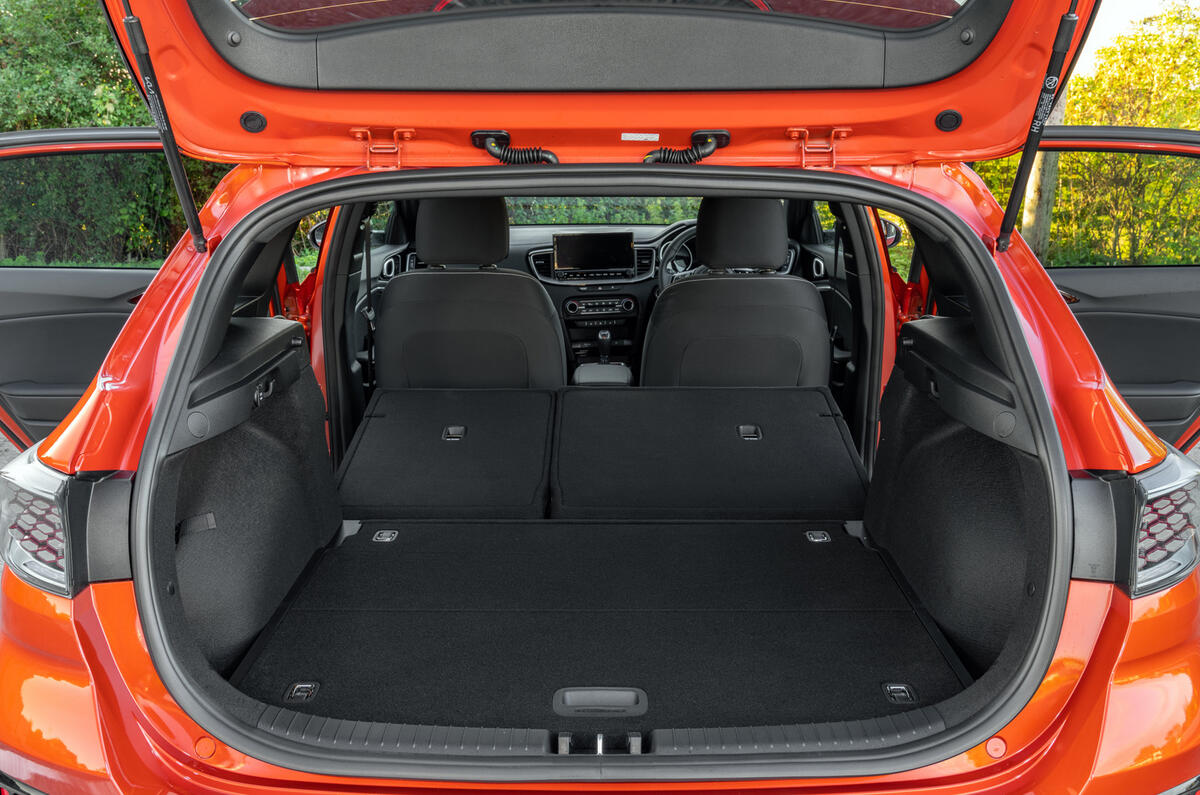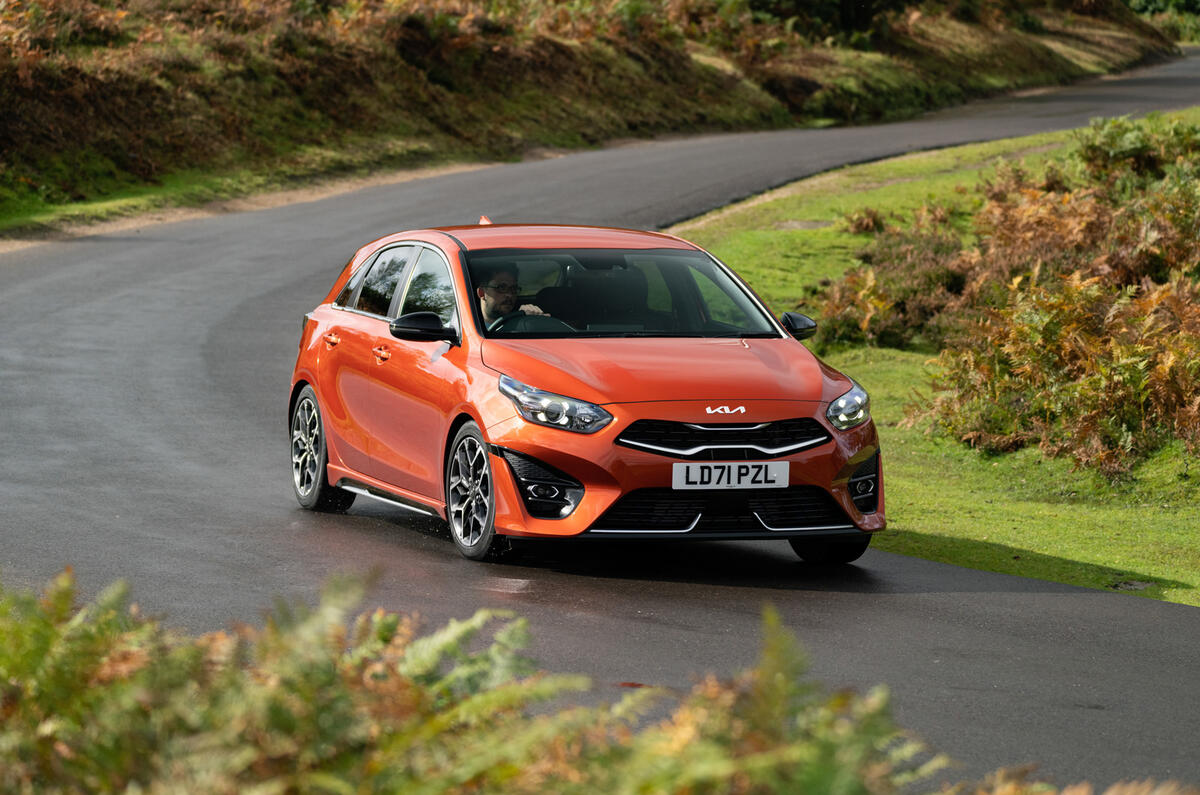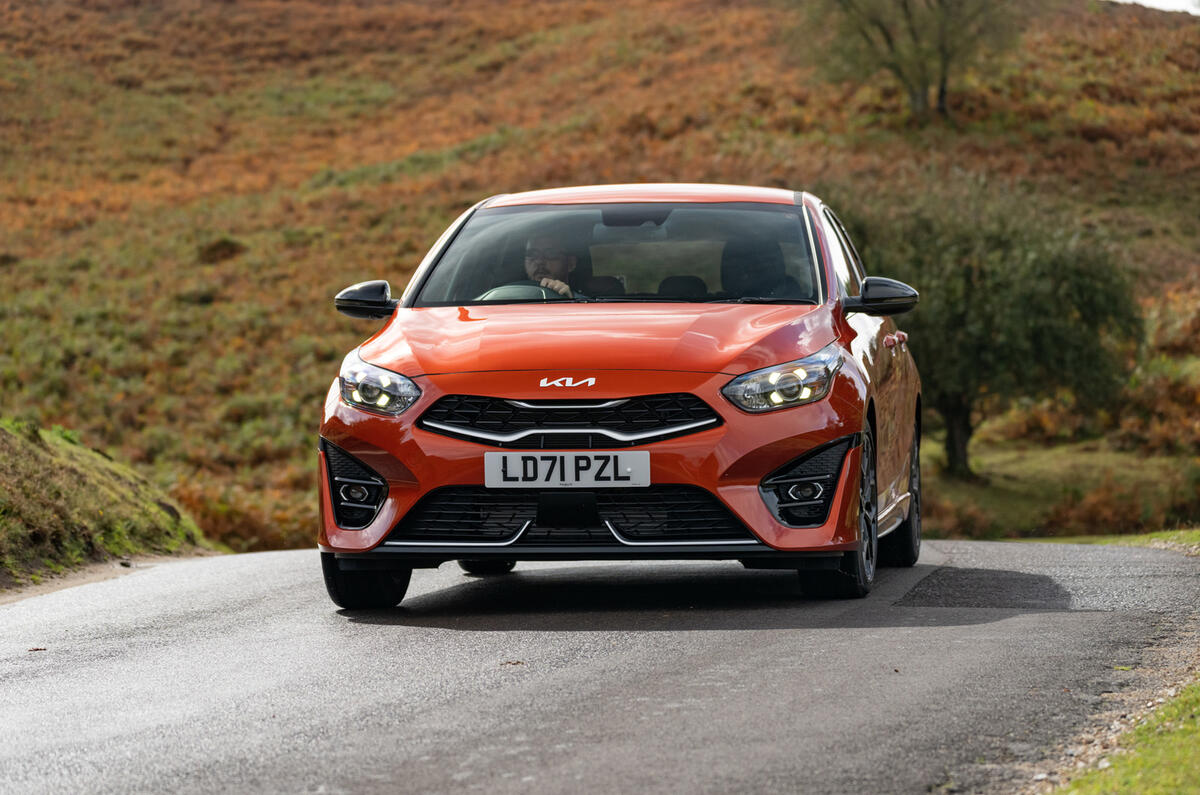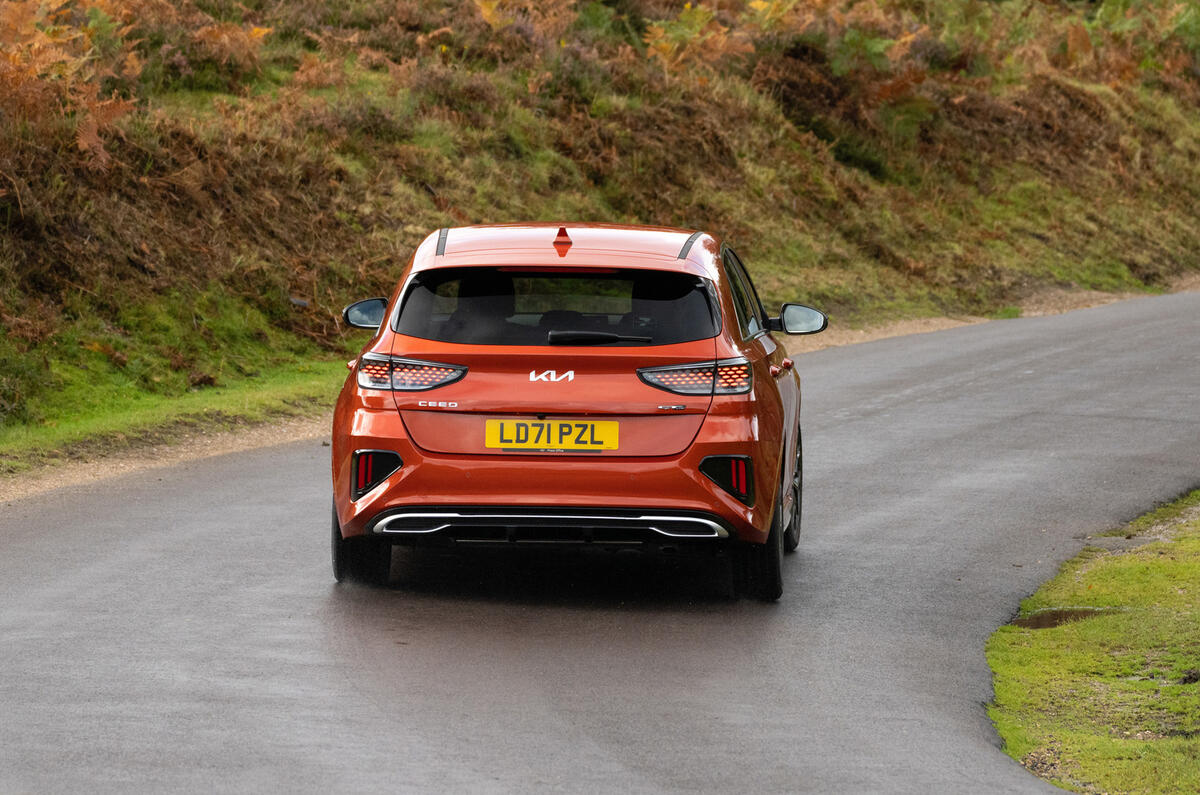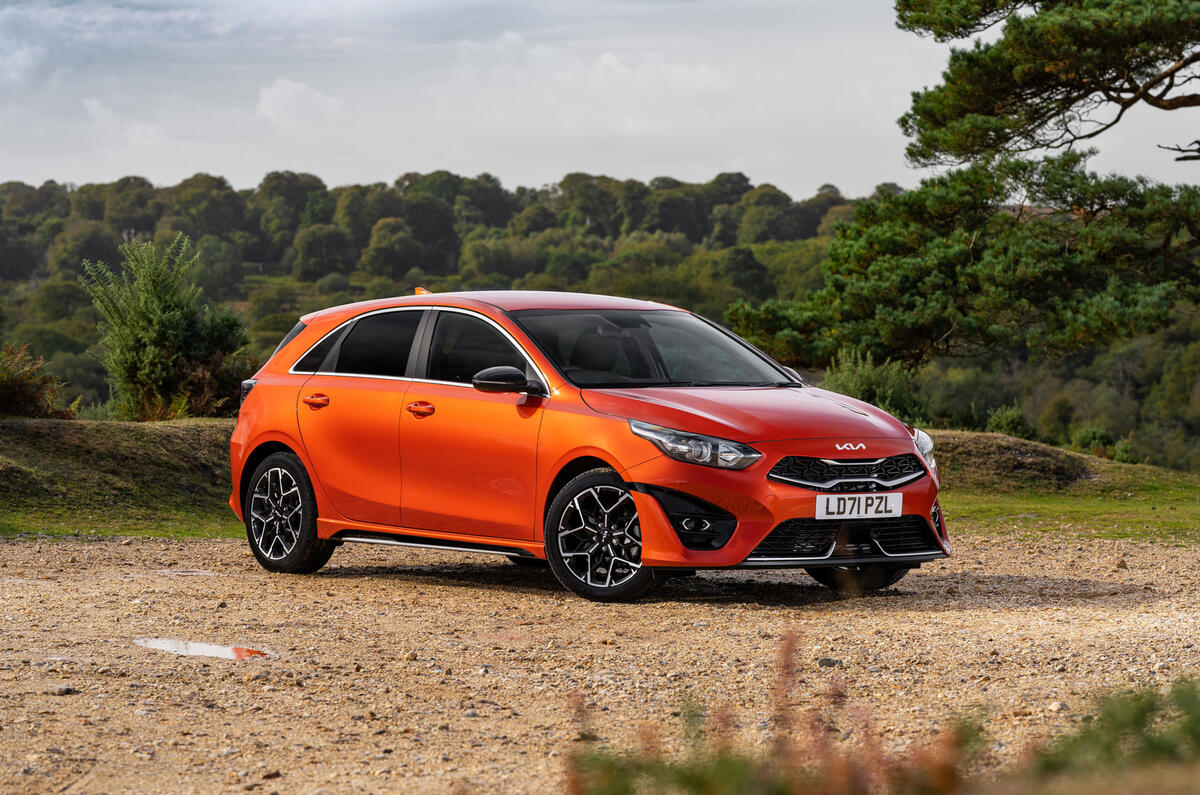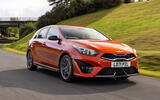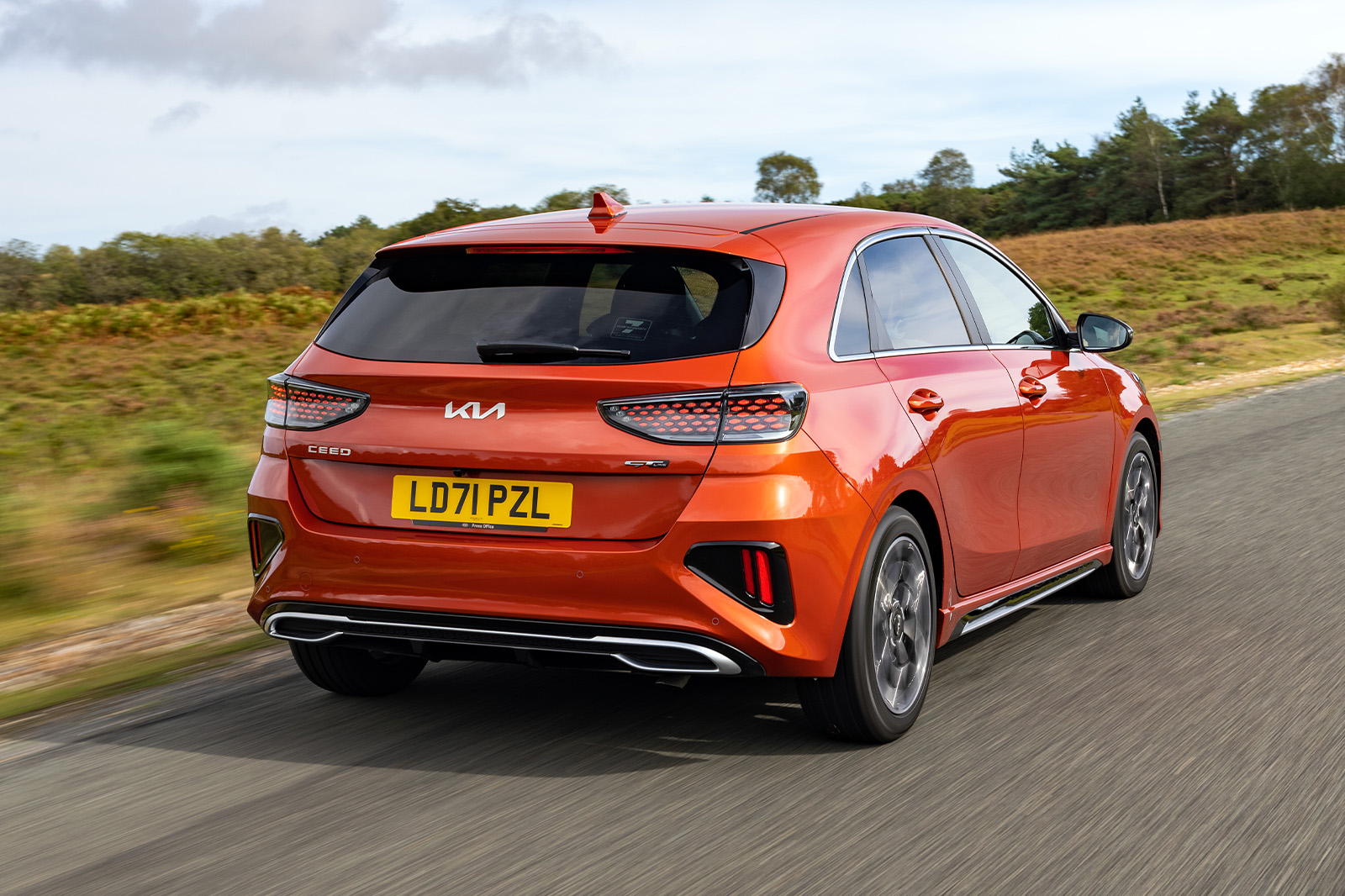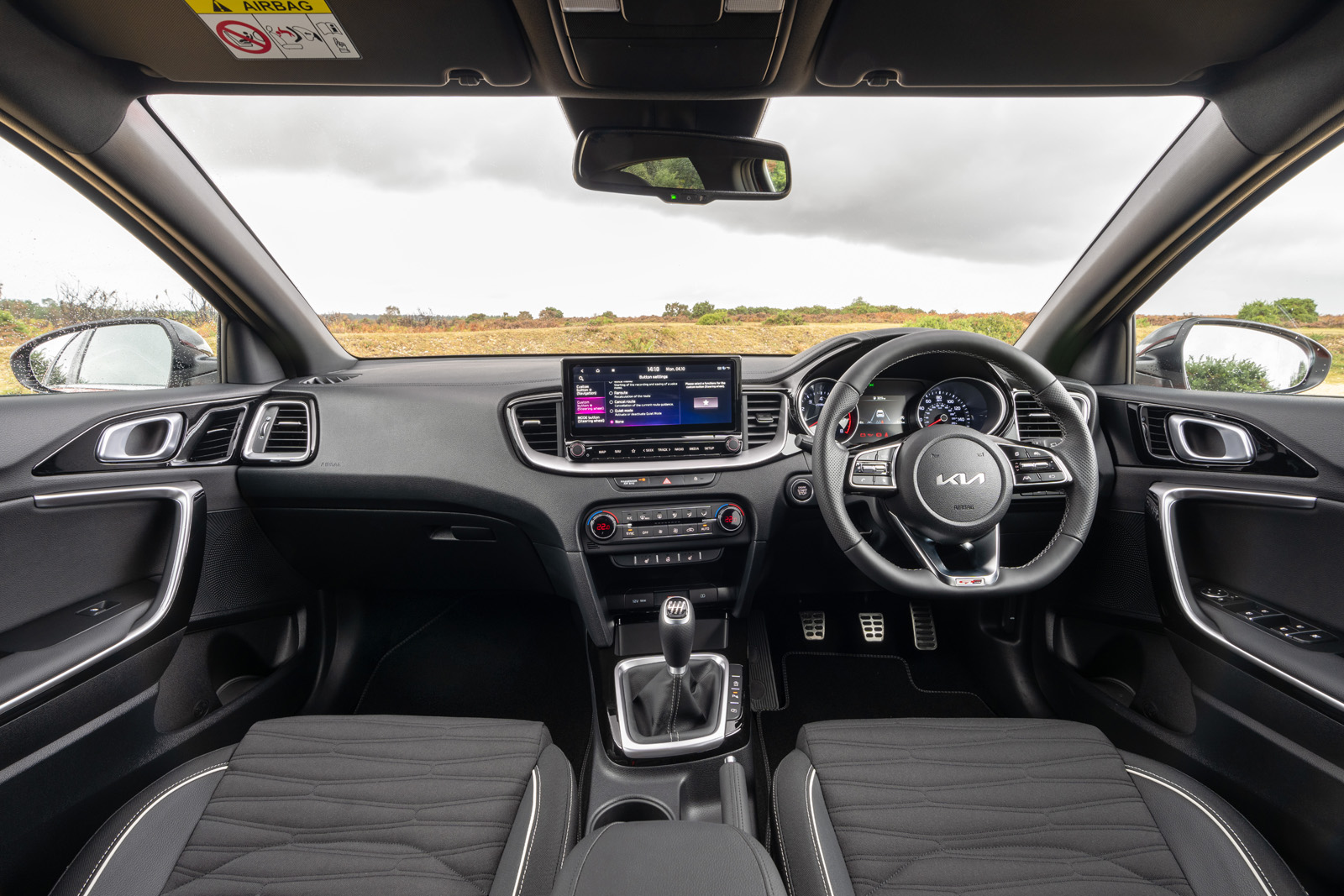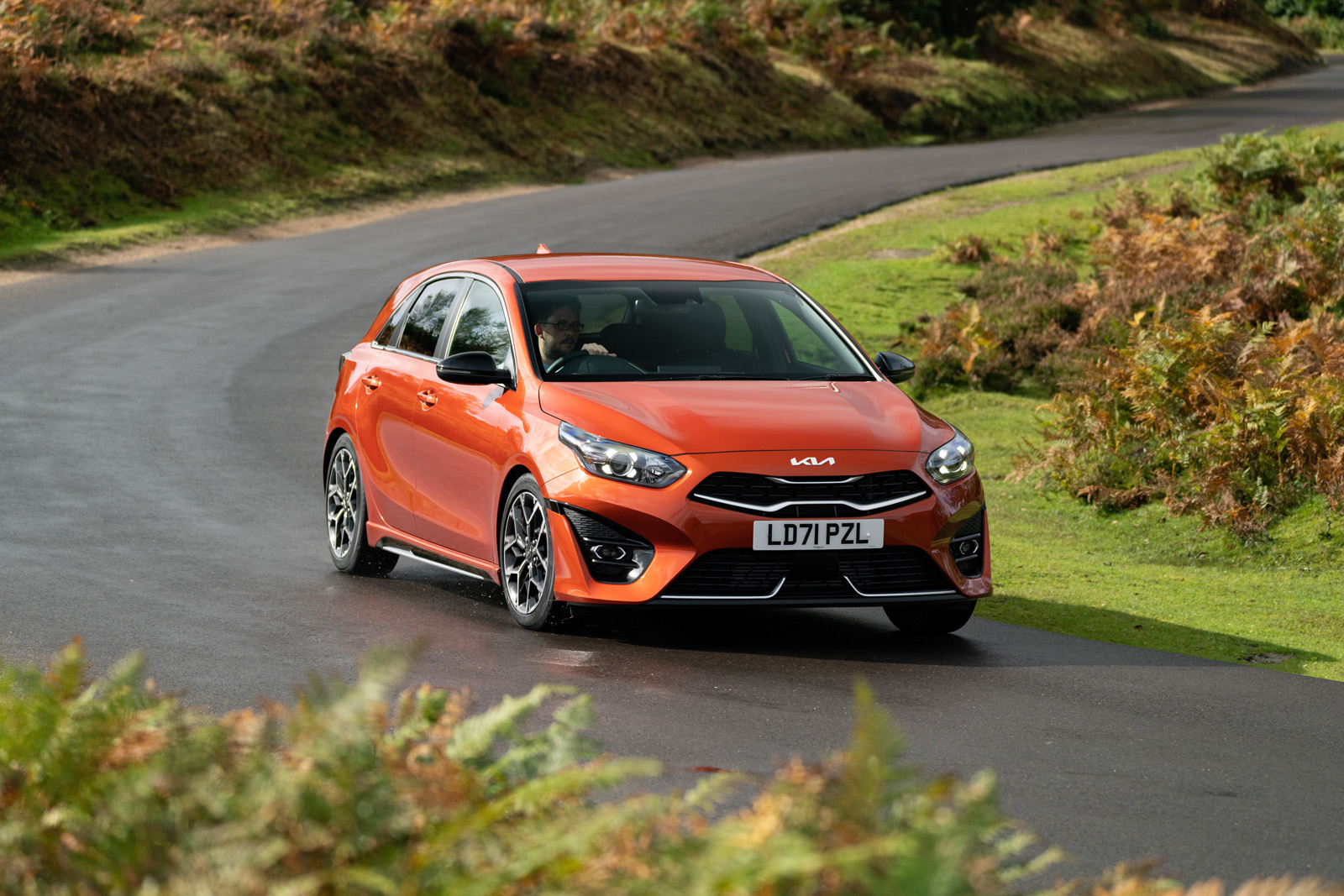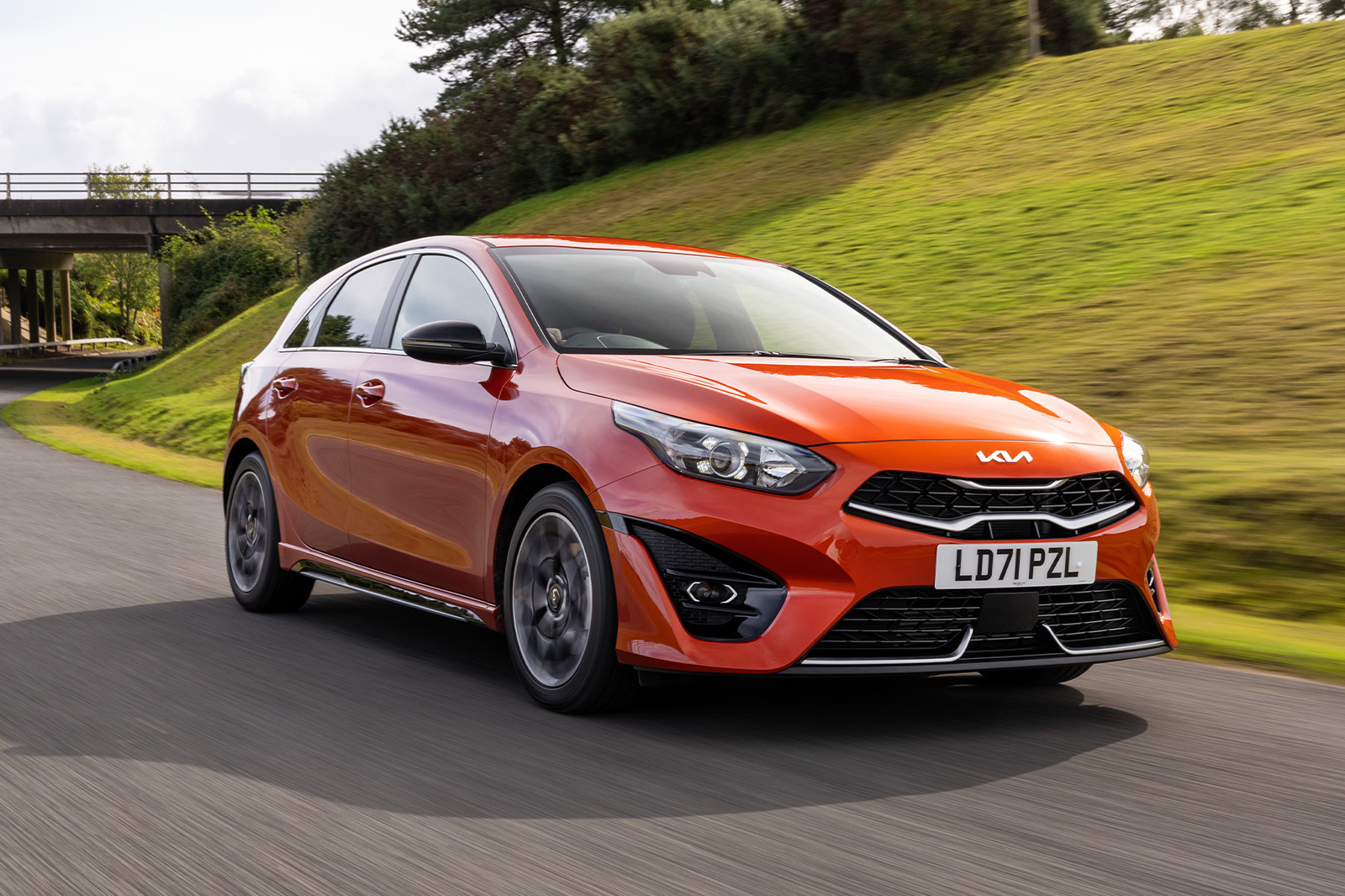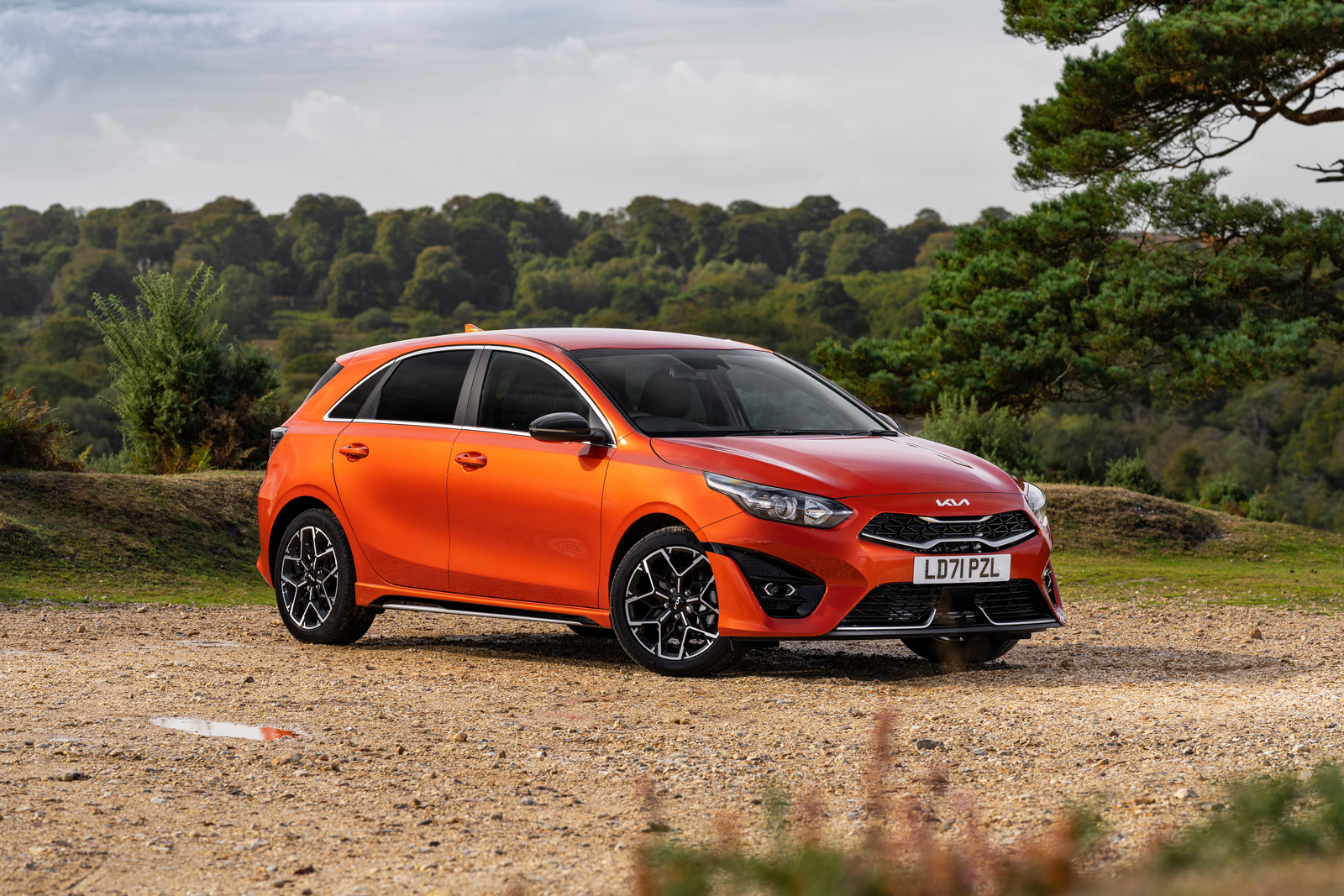Were it not for car buyers’ gluttonous appetite for SUVs, C-segment hatchbacks would continue to dominate the roadscape, with a high likelihood that the third-generation Kia Ceed would be among the class’s best-sellers.
Few statements of intent are as bold as a car maker from another continent setting up a European factory to build a model aimed right at the heartland of local manufacturers’ dominance, but that’s exactly what Kia did with its Mk1 Ceed — or, more accurately, Cee’d. Wisely, the apostrophe’s been dropped for the model’s current iteration.
As consumer tastes morphed, demanding the greater levels of perceived practicality and safety associated with SUVs, it was the Kia Sportage — built alongside the Ceed in Slovakia — that took on that talismanic mantle.
Not only that, as part of the Hyundai Motor Group, the firm’s made enormous strides in bringing a wide range of fully and partly electrified models to market, including the Kia Niro and more recently, the Kia EV3.
It’s rather telling, then, that today’s Ceed range is limited to a single petrol engine with no degree of hybridisation whatsoever. Sure, mild-hybrid diesels were once part of the line-up and there was a PHEV option for the Sportswagon estate, but today the Ceed seems less important to its maker.



